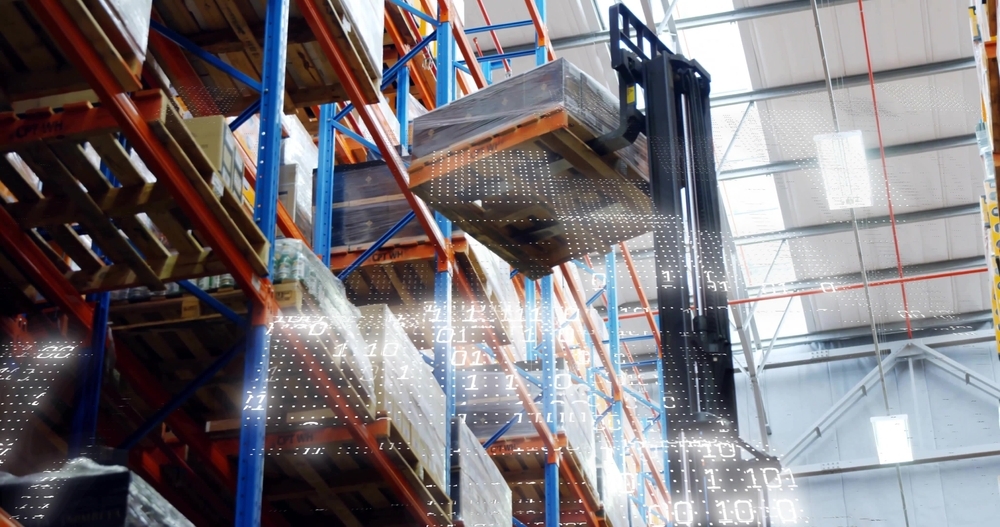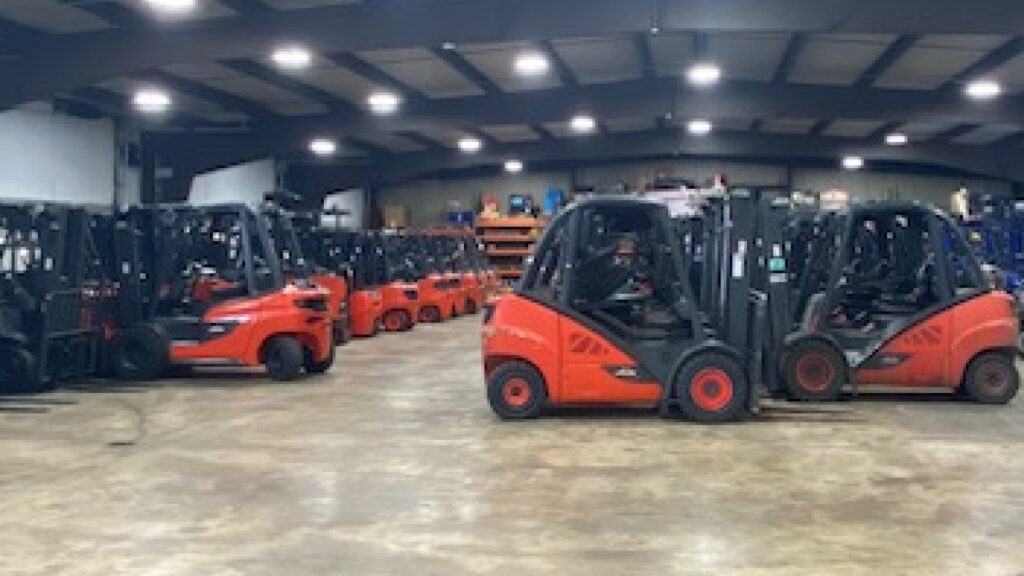Many businesses view telematics and safety systems as nothing more than line items on the expense report when managing a fleet. After all, the upfront costs in technology, from hardware and software to installation and training, may feel like a big hit to the budget.
What if we told you these tools do more than track your trucks? What if they quietly deliver savings and improvements that more than justify their price?
Let us explain how fleet telematics and safety systems are strategic assets that provide a return on investment (ROI).
Optimized Routes and Vehicle Usage
One of the most immediate advantages of fleet telematics is the ability to optimize routes and reduce unwarranted vehicle usage. With live GPS tracking, traffic data, and historical route analysis, managers make informed decisions fast, streamline operations, and trim excess.
Decreased Mileage
Telematics systems allow you to monitor where units are going and whether they should be going there. Are drivers taking the most efficient routes? Are there delays they could avoid?
By minimizing detours and honing dispatches, companies significantly lower total mileage. Over time, these miles add up in savings and wear-and-tear prevention.
Lower Fuel Consumption
Fuel is one of the largest and most unpredictable expenses. Through fleet telematics, you avoid traffic jams that burn extra power and pinpoint where it is being unnecessarily consumed, such as in excessive idling and harsh braking.
By simplifying travel paths and correcting practices, you save time and pumps. Use fuel only when and where it is truly needed, and turn one of your most considerable operational costs into a controllable variable.
Improved Delivery Performance
On-time deliveries are essential for customer satisfaction and repeat business. As such, telematics ensures better ETA accuracy and reroutes drivers in case of roadblocks, reducing late arrivals.
The result? Happier customers, less-stressed drivers, and dispatchers with excellent visibility into every delivery in progress.
Extended Vehicle Lifespan
Telematics is all about where your trucks go and how they are performing. Learn about vehicle health and usage patterns, so your fleet stays healthier longer.
Modern systems alert you to signs of trouble before they occur. Think low battery, overheating, engine fault codes, and more. When addressed early, you fix these minor problems cheaply and quickly. Left unchecked, they sideline a unit and rack up repair bills. Count the lost productivity, too.
Routine maintenance scheduling is also easier with automated tracking. Instead of relying on manual logs or mileage estimates, telematics provides accurate, real-time data on when each unit is due for service.
Minimized Accident Risks
Promote the one thing no business can afford to overlook: safety.
Accidents put units out of commission and lead to injuries, lawsuits, and higher insurance premiums. They also damage your brand’s reputation. Fortunately, fleet telematics and safety systems decrease risks through visibility and accountability.
Monitoring driver behavior is pivotal. Systems pinpoint distracted driving, overspeeding, quick acceleration, and more, helping you coach your team and ensure they stay unharmed, wherever they go.
When mishaps do occur, having details enables you to understand exactly what happened. You obtain evidence for insurance claims or legal disputes.
Fleet Telematics and Safety System Elements to Look For
You can find many vendors of fleet management solutions today, but not all systems are equally excellent. Go for robust features that support both drivers and managers, including the following:
- Comprehensive Driver Behavior Monitoring: Choose systems that produce granular information on driver actions. The more precise and accessible the feedback, the easier it is to trust and apply it.
- Real-Time Coaching: Alerting drivers immediately to unsafe behaviors gives them the chance to make adjustments before it is too late. The better their habits, the fewer interventions should happen.
- Engagement Through Gamification: Systems with gamified elements, such as safety scoreboards, performance badges, or friendly driver competitions, inspire ongoing participation and enhancement. Motivation matters.
- Trend Reporting: Exception-based reporting allows managers to focus only on performance outliers and negative trends, and reinforce positive conduct. Timely recognition or coaching has a lasting impact, both in correcting issues and celebrating wins.
Final Thoughts
The next time you see “fleet management technology” listed as an outlay, ask yourself: Is it really an expense, or is it an investment you have not fully unlocked yet?
From route optimization and fuel savings to fewer accidents and extended vehicle life, the ROI of fleet telematics and safety systems is hiding in plain sight. For companies aiming to control costs, refine efficiency, and prioritize safety, these tools offer peace of mind and measurable value.
At Industrial Parts and Service, we sell technology and help you get a return on it. Our innovative alert systems warn pedestrians and operators of nearby hazards in real-time, and our management solutions bring actionable data.
When you use the right technology, you maximize its potential. Let Industrial Parts and Service walk you through your options and show you what a smarter and more secure fleet looks like. Call (330) 966-5025 or reach out online.



